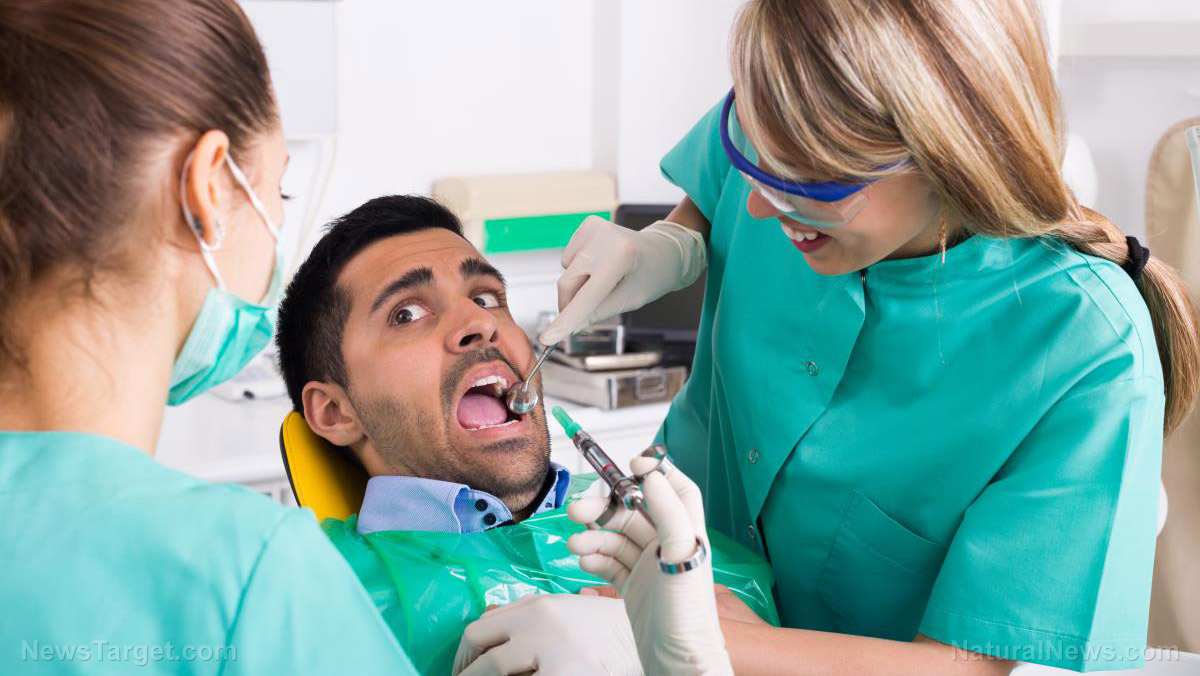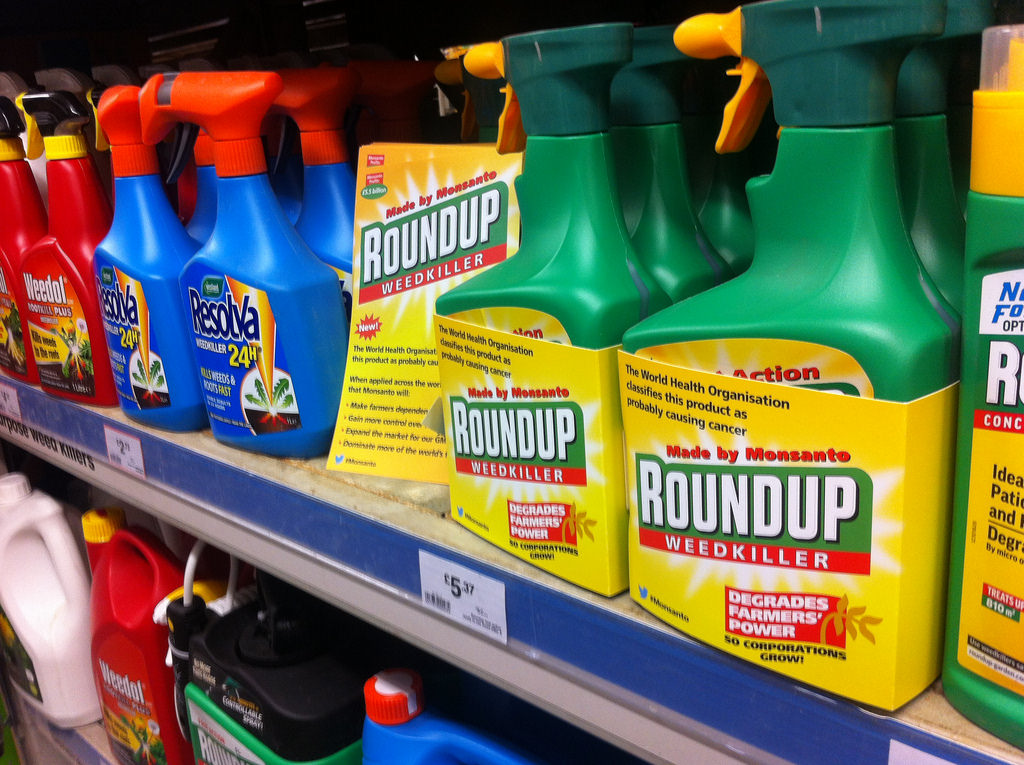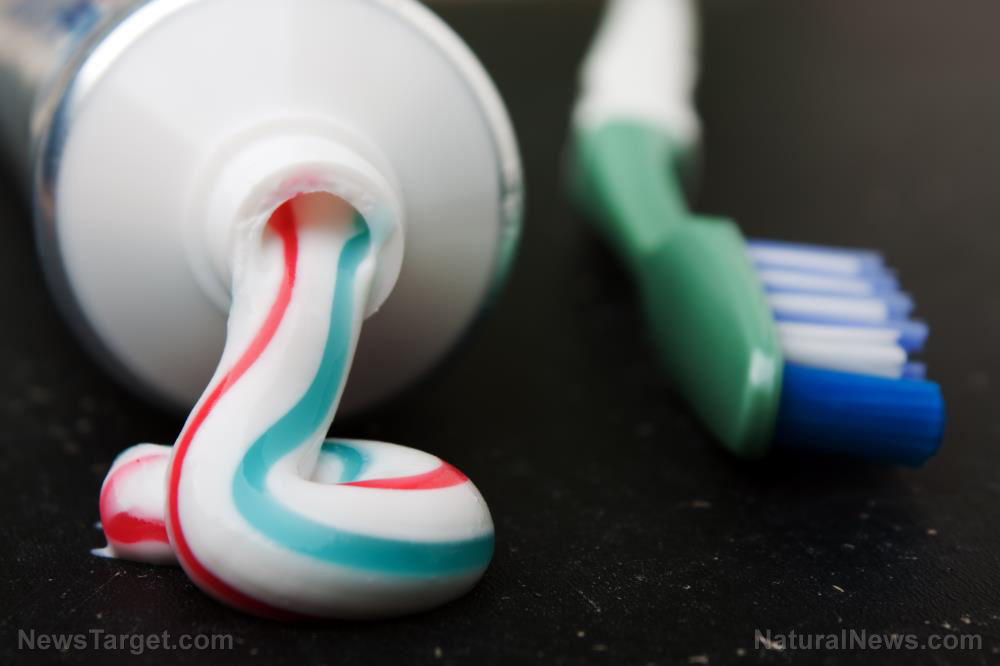A simple trip to the dentist caused one man to have a life-threatening heart infection
04/24/2018 / By Frances Bloomfield

What was supposed to be a routine dental check-up turned out to be the cause of a man’s near brush with death by way of infection.
According to the case report, published in the New England of Journal of Medicine, a 27-year-old man in Vancouver, Canada, went to the emergency complaining of a lump on his palm. Once nothing more than a red patch, the blemish eventually grew into a blue-tinged lump that pulsated with his heartbeat. In the weeks leading up to the lump’s growth, he’d also experienced fever, night sweats, and loss of appetite that caused him to shed 26 lbs. (12 kg).
It was only after a heart ultrasound was performed that doctors managed to pinpoint the problem: bacterial endocarditis. Also known as “infective endocarditis”, this is an infection brought on by bacteria entering the bloodstream and settling within the heart. In the man’s case, Streptococcus bacteria had seemingly attached to his aortic valve and caused the lump to form when it spread to his blood, damaging a blood vessel in his palm. As for how the bacteria managed to get inside him, the report stated that the culprit was most likely a “recent dental procedure.”
Going to the dentist may have given the bacteria room to enter the unnamed man’s bloodstream. This, coupled with his poor dental hygiene and bicuspid aortic valve, ultimately led to the man developing bacterial endocarditis.
Following his diagnosis, the man was put on a six-week course of antibiotics. His fever and night sweats went away after two weeks of treatment. Additionally, the man underwent surgery to have his aortic valve replaced. The mycotic aneurysm was repaired afterwards.
The power of the elements: Discover Colloidal Silver Mouthwash with quality, natural ingredients like Sangre de Drago sap, black walnut hulls, menthol crystals and more. Zero artificial sweeteners, colors or alcohol. Learn more at the Health Ranger Store and help support this news site.
How clean is your dentist?
Not all dentists practice good hygiene. Some even appear to go out of their way to avoid it. Just look at all the horror stories of patients witnessing their dentists using filthy instruments on them and so many others. This isn’t just disgusting, but it also risks exposing hundreds, if not thousands, of patients to potentially life-threatening disease like bacterial endocarditis.(Related: Veterans Affairs dentist may have spread diseases Hepatitis B and C, and even AIDS to veterans, then gets rewarded for it.)
Could your dentist be one of those unclean ones? As per Tesh.com, here’s how you can find out:
- Look at your dentist’s gloves: New gloves must always be taken out of a glove dispenser and nowhere else. Additionally, you should also keep an eye on where their hands go after putting on gloves. If they touch anything else apart from your mouth or their instruments, the gloves are now contaminated with germs.
- Watch out for clutter: Less is better, especially in a dentist’s office. Having too many knickknacks make it harder to keep an office clean. Doubly so if there are carpets since carpets can harbor bacteria, fungi, and all kinds of pathogens harmful to your health.
- Ask for their autoclave validation: Sometimes known as dental sterilizers, autoclaves are machines that sterilize germs on dental instruments and equipment. Validation of these devices is mandatory, and private companies usually carry out validation tests on a weekly or monthly basis. Ask to see your dentist’s latest report; if they refuse, then you need to get out of their office as soon as possible. Another thing to watch out for is if they bring out a pre-opened or sealed bag of instruments. Sealed is good since that pretty much guarantees that the instruments have undergone appropriate sterilization.
- Ask them upfront: “How do you ensure that cross-contamination doesn’t occur between patients?” Your dentist should have a clear-cut and detailed answer. If their reply doesn’t tell you what you need to hear, that means that they’re not properly sterilizing their instruments.
Read up on all things relating to oral health and hygiene by visiting Dentistry.news today.
Sources include:
Tagged Under: bacterial endocarditis, bad dentists, dental health, dentist, dentistry, dentistry dangers, good hygiene, Health and Wellness, infection, oral health




















